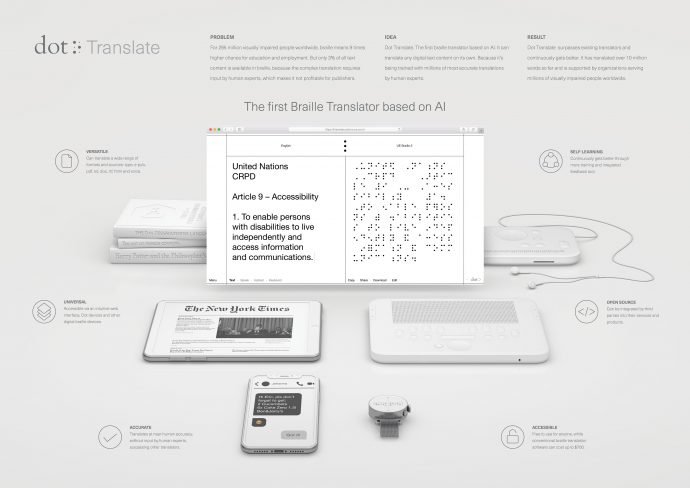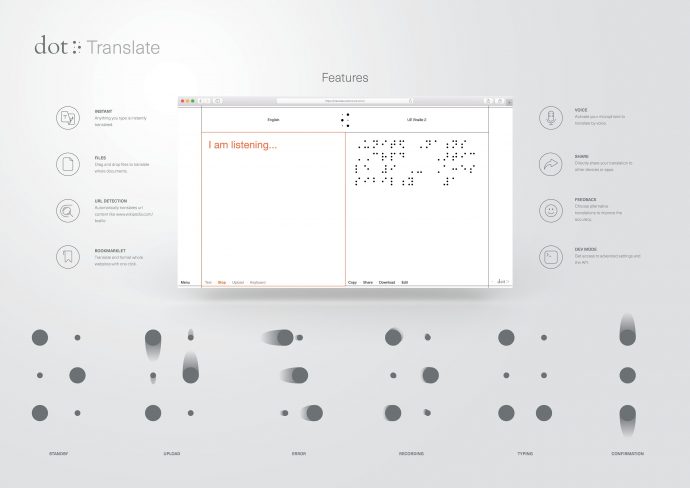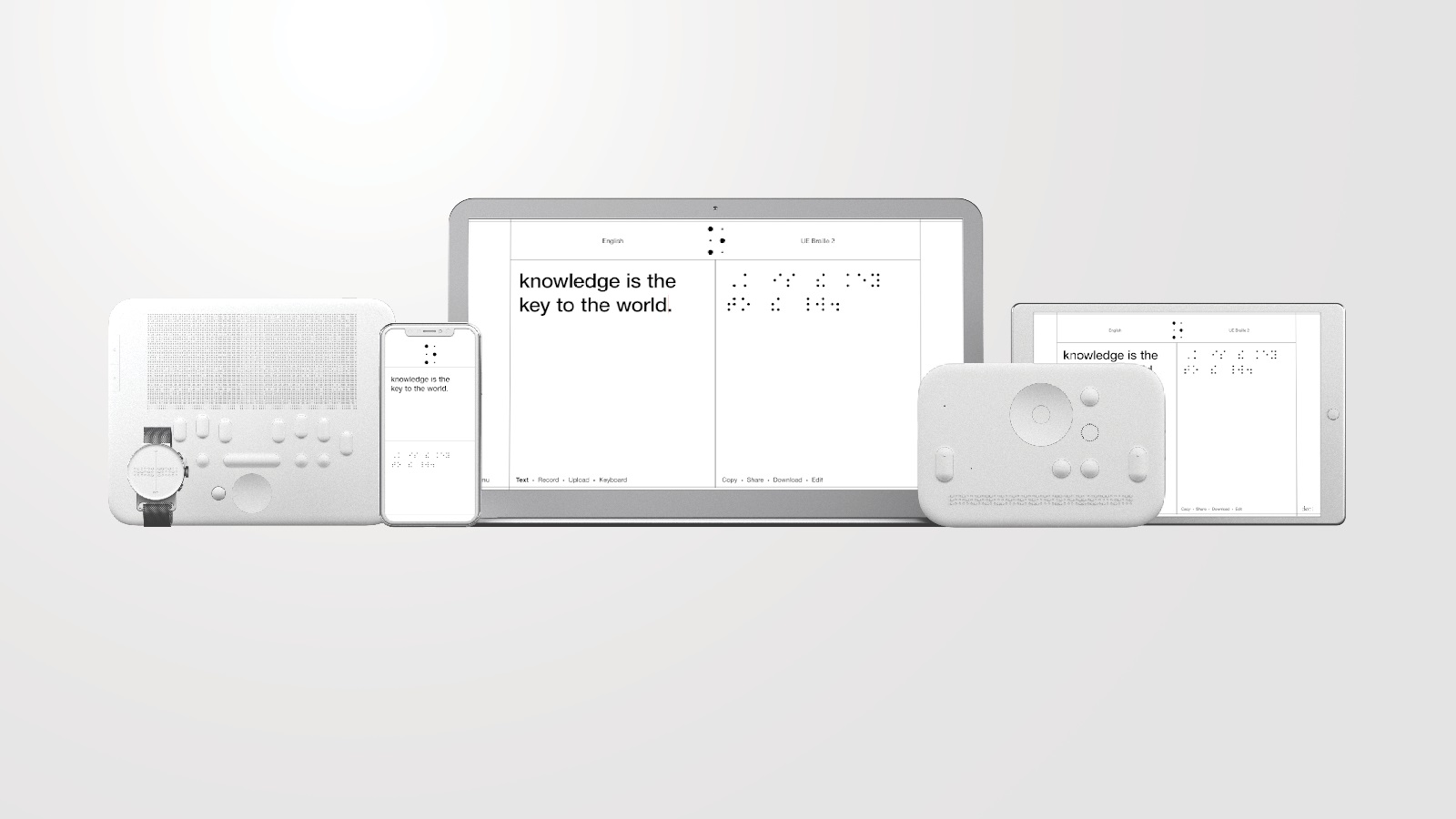There are around 285 million blind and visually impaired people worldwide. But only one in ten blind people can read Braille, a number that has dropped dramatically in the last 50 years because of a variety of reasons: A shortage of teachers, decreased emphasis on teaching braille to low-vision individuals, and the rise of assistive technology. However, if used properly, the latter gives such people the opportunity to live independently. And nowadays, technology is more and more important in these cases.
Only 3% of all text content is available in braille, mostly because it is very difficult to translate such texts that require input by human experts. This means a higher number of braille illiteracy, which results in 90% of visually impaired people being unemployed.

During this week’s #ThrowBrandThursday column, we present to you the story of Dot Inc., a Seoul-based company that wants to make the world accessible to anyone, “Dot by Dot.” The company exists to provide “never-before-seen, cutting-edge technology to grant mobility, confidence, and independence to those who live with daily challenges.” Its products already proved to be very handy to disabled people. Dot Watch, Dot Mini, and Dot Pad are some of the gadgets that make the life of such people much easier. But what would these be without content?
In this regard, the company developed Dot Translate, the world’s first AI braille translator that works at near-human accuracy. The machine translation service is compatible with Dot devices and other digital braille gadgets and can decipher various documents, such as type, e-pub, pdf, txt, doc, rtf, html, voice, and even translates whole websites. But what’s more important is that the tool is free to use, compared to other software that charge big bucks.

“Existing braille translation software works by applying a small set of pre-defined rules, which doesn’t cover many cases. Our approach is different: We use a machine learning-based system. This is important because due to the nature of Machine Learning and a feedback tool, usage increases the accuracy. The key was obtaining large amounts of training data and users. For data, we partnered with stakeholders and content owners, for users, we made our product free to use, challenging the existing software costing up to $700,” says Serviceplan, the creative agency behind this campaign.
The team has worked at this idea for more than five years. But their focus wasn’t only on this project; simultaneously, they have launched the Dot Watch and the Dot Mini. “Dot CEO, Eric, had the idea in 2014, since then we have been developing the technology with the idea to make a long-term impact among the blind and visually impaired community. The Dot Translate technology was first integrated into the Dot Watch in 2015, to Dot Mini in 2017, and finally released as a standalone product in 2019,” continues the agency.
So far, more than 20 million words have been translated using this software, which is supported by organizations like LVPEI, serving millions of blind and visually impaired people worldwide. More than 200,000 units of Dot Smartwatch and 1000 Dot Mini have been sold, being received with open arms by the public. The campaign was awarded at Caples Awards and scooped a Gold in the Idea and Reset categories at ANDYs 2020. So, it is only fair to assume that Dot Translation will be just as appreciated.
Credits:
Client: Dot Inc.
Agency: Serviceplan
